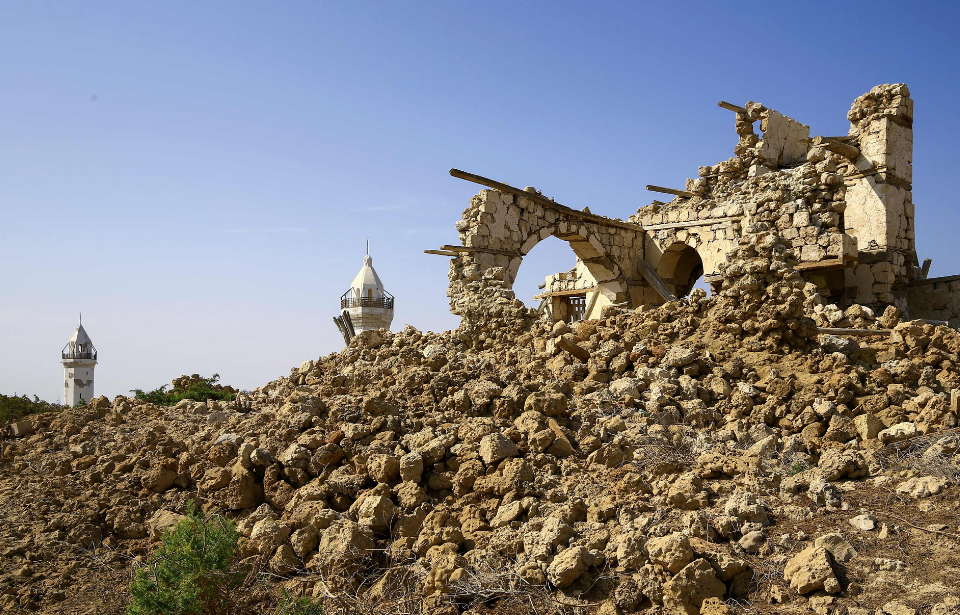The port city of Suakin, also known as Sawakin, is located on the western coast of the Red Sea in the northeastern part of Sudan. Once a luxurious hub of the medieval period, the city has a colorful history of both prosperity and destitution. Ultimately, however, it fell into disrepair.
Built by Ramses III
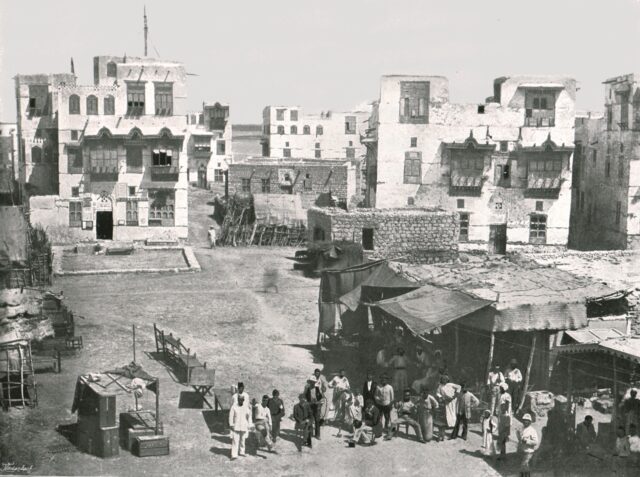
The port city of Suakin is believed to have first been developed by Ramses III, the second pharaoh of the Twentieth Dynasty in Ancient Egypt, in the 10th century BC. It began as a small Beja settlement, providing an outlet to the Red Sea that had the potential to let exploration and trade flourish throughout the region. During the medieval period, the area began to develop quickly, especially after the nearby port of Badi was abandoned.
Pilgrimages made it even more important
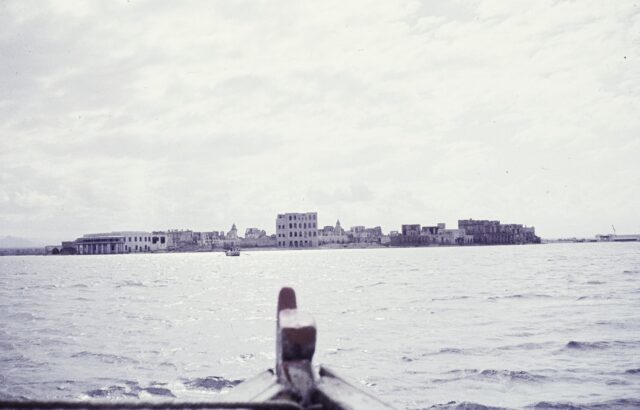
Suakin’s gradual growth on an economic and explorative scale was bolstered by the increase in Islam in what is now modern-day Saudi Arabia during the medieval period. Its location was and continues to be pivotal, bridging the gap between continental Africa and the Middle East. As such, African followers of Islam were able to utilize the port during their pilgrimage to Mecca.
An increase in wealth
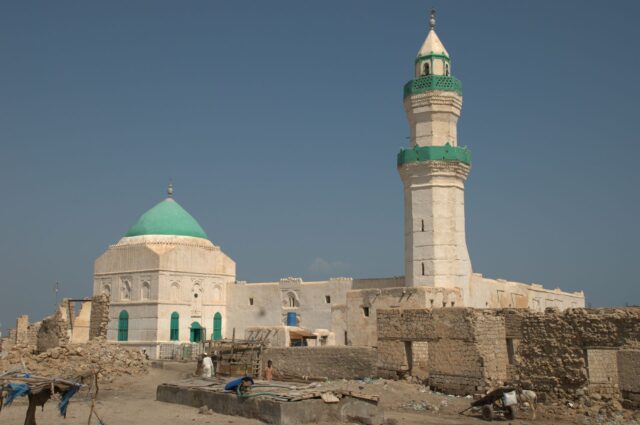
Suakin was ramping up in popularity, and an increase in wealth would come as a byproduct of the Crusades and Mongol invasions. As people migrated away from the violence, large numbers found themselves pushed toward Suakin. This included merchants who set up in the surrounding area, driving trade and bringing wealth to the port city,
A legendary king lived there

Legend says that the city became so prosperous that a king set up operations in Suakin. It is said that he established his extravagant living quarters there, where he and his 360 wives lived together. His vast wealth was likely a result of the flourishing trade economy that had been established there.
Buildings were made from a unique material
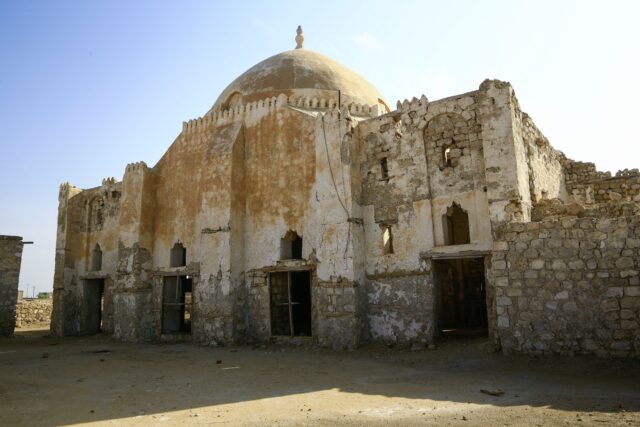
An increase in wealth meant an increase in infrastructure in Suakin. The settlement soon became a gated island city, and several of the buildings were constructed from a unique material. Builders sourced out a rock-coral called madrepore from the Red Sea’s sea bed and used it in the walls of many of their structures. A white plaster finish was smoothed over this, completing the look of the luxurious coastal port.
Suakin was the location of a spiteful attack
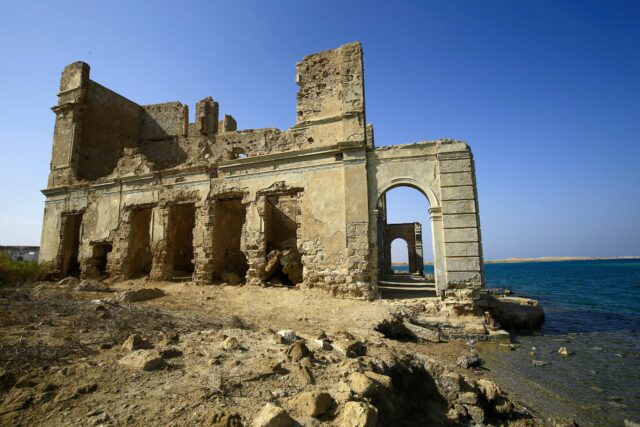
In 1264, Suakin became the target of a planned attack. The city’s prosperity had stirred up envy among its rivals, and the governor of Qus, a city situated on the Nile in Egypt, launched an assault. As-Asba’ani, the ruler of Suakin, was forced to flee. Suakin and Aydhab would remain rival port cities for centuries following this event.
Taken over by the Ottomans
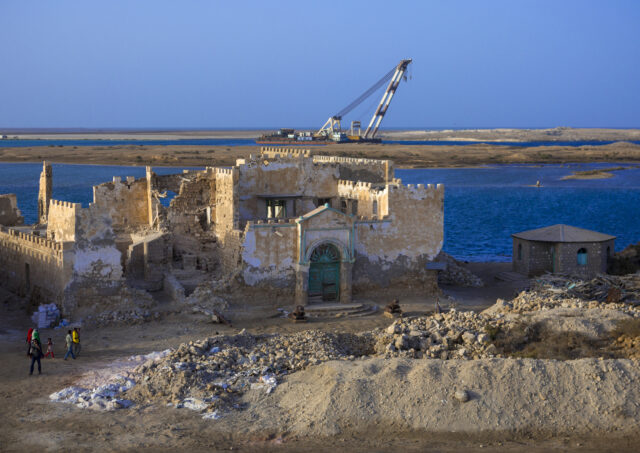
The Ottoman Empire had taken notice of Suakin’s wealth and set its sights to attain it. By 1517, the Ottomans had successfully added the city to the empire. However, their rule over it was fairly loose, as Suakin was essentially allowed to govern itself. The Ottomans did invest in restoring the city’s mosques and fortified walls, but this effort would soon prove to be pointless.
Merchants began to abandon Suakin
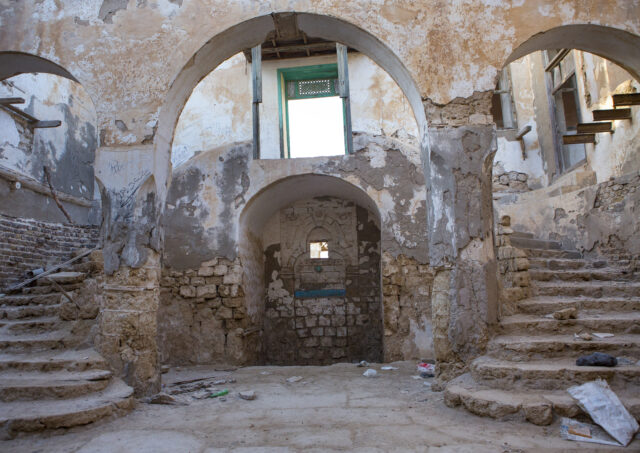
As the Portuguese continued to hone their seafaring around Africa, passage through the Red Sea was no longer necessary. Suakin as a port city began to diminish in traffic, and merchants began to feel the squeeze on their businesses. As such, many of them packed their bags and headed elsewhere, abandoning Suakin. This marked the beginning of the city’s decline.
A short-lived slave trade was one last breath for the city
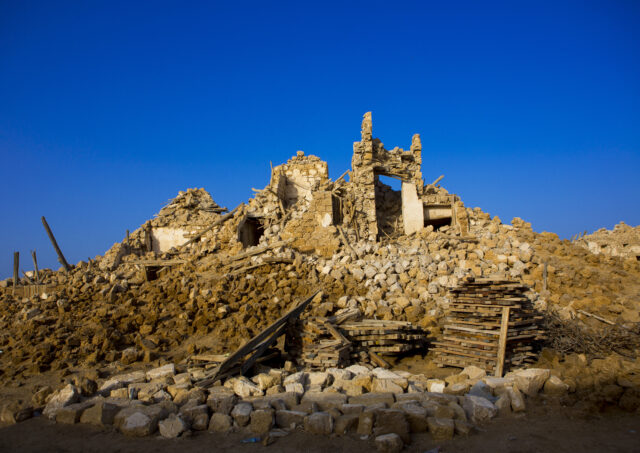
By the 18th and 19th centuries, most of Suakin’s old town had fallen into ruin. The city was struggling to survive, with only one last hope – the slave trade. During the 19th century, Suakin became a core port for the slave trade, with a lot of traffic coming from eastern Africa. This brought new life into the area, but it was ultimately short-lived. As the slave trade dwindled, so too did Suakin.
Britain chose to invest in its neighbor
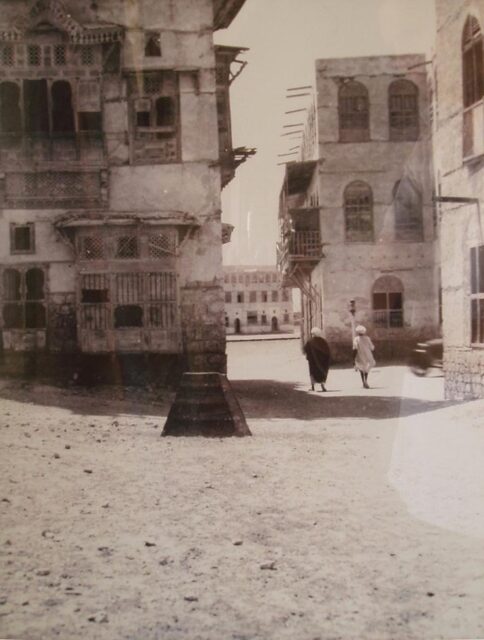
During the late 19th and early 20th century, members of the British Army took up temporary residency in Suakin as they led a contingency of the Egyptian Army. Following the defeat of the Mahdist State, the British decided to invest in the development of the new neighboring Port Sudan rather than restore the crumbling buildings and expand the overall size of Suakin. By 1922, all British citizens had abandoned the city.
The coral city fell into disrepair
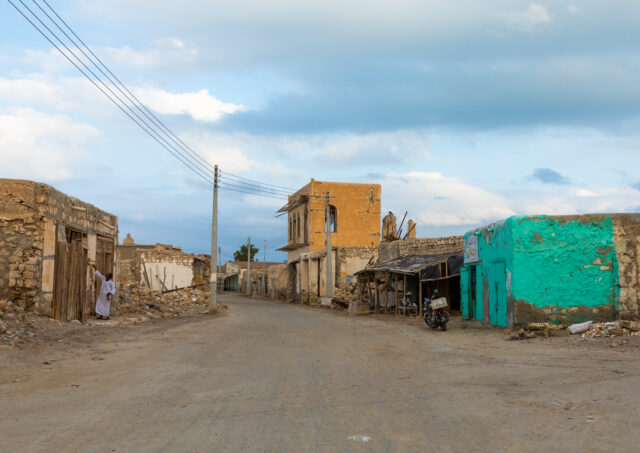
Suakin was left to fall into total disrepair. The white plaster finish that covered the coral walls was never coated in a covering, so they decayed fairly quickly. The brittle madrepore material that was used underneath also crumbled away. Maintaining the buildings in the city was too expensive and extensive. Ultimately, they were left to turn to dust.
It is protected for tourism
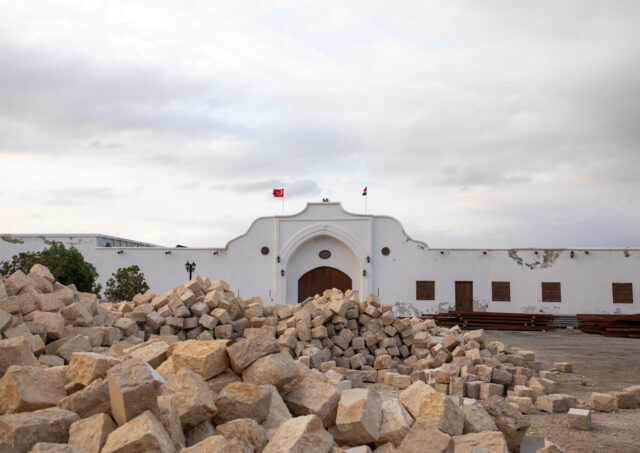
Now, the ruins at Suakin are protected as part of the tourism industry in the area. Ferries between Suakin and the Saudi Arabian coast still operate daily, continuing to provide passage to those on pilgrimages, but the majority of the city remains abandoned.
More from us: Kolmanskop Was Once a Thriving Town, But Is Now Drowned By Sand
In 2018, Suakin was part of a deal that could see it returned to its former glory, as Turkey signed a 99-year lease on the city and intends to restore the ruined island port.
